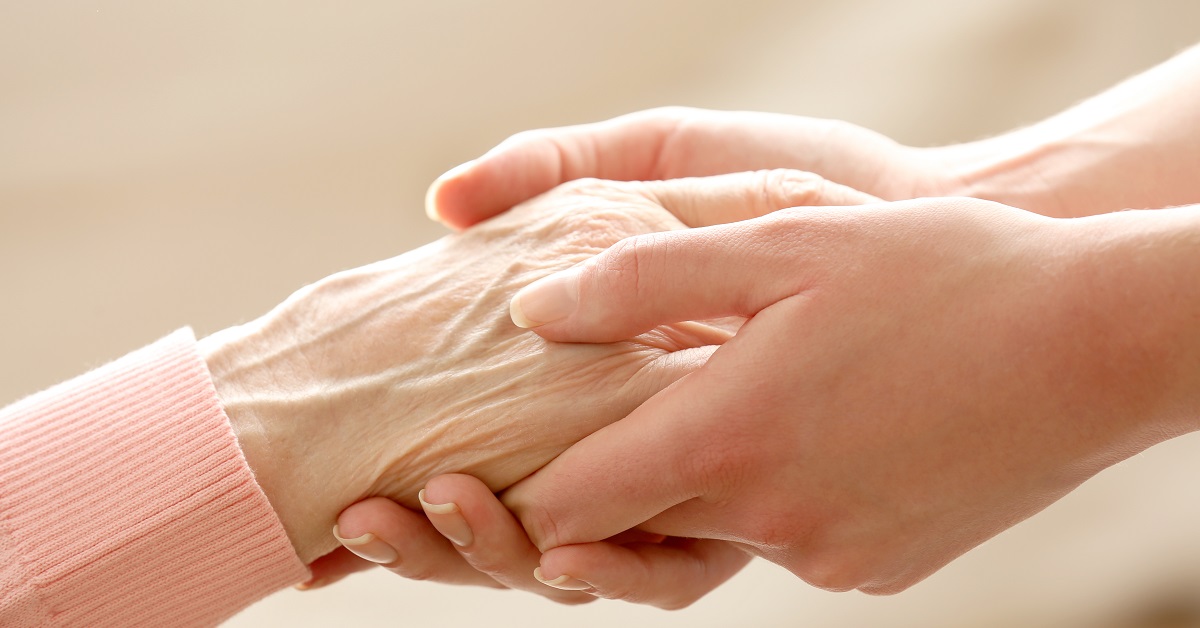In our extensive resource of special reports, you’ll find actionable solutions to improving care transitions, real-time communications with team members, and what patients want for better communications.

SPECIAL REPORT
Get insights into advancing clinical communications with your referral partners, ways your care team always has real-time patient status, and how to improve the referral process. Don’t miss the eight additional resources to dig even deeper into this topic.

SPECIAL REPORT
Learn about the challenges and solutions to effective care transitions, competitive tools, and shared peer actions.

SPECIAL REPORT
Your referral partners increasingly expect robust communications to make patient transfers as seamless as possible, for both the patient and providers, which means you need strategies to create seamless transitions. Learn what leading home health and hospice agencies are doing.

SPECIAL REPORT
Learn the seven family caregiver expectations to increase your competitive advantage.

SPECIAL REPORT
Get multiple solutions to improve outcomes, patient engagement, and deeper conversations.

SPECIAL REPORT
Get insights into advancing clinical communications with your referral partners, ways your care team always has real-time patient status, and how to improve the referral process. Don’t miss the eight additional resources to dig even deeper into this topic.
Other Articles You Might Enjoy
Improving Outcomes Between Home Care and Medicare Advantage Plans
Home care services have emerged as a critical strategy for improving health outcomes, reducing hospital readmissions, addressing both clinical and non-clinical needs, and improved patient satisfaction among Medicare Advantage beneficiaries.
Average 30-Day Readmission Rates by Medical Conditions
We provide critical readmission data about average readmission rates, condition-specific readmission rates, and hospitals with high and low readmission rates.
Hospital-at-Home Readmissions: Which Medical Conditions Created the Highest and Lowest Readmissions?
CMS’s report on the Acute Hospital Care at Home (AHCAH) initiative highlighted the highest and lowest readmission rates by medical conditions.





